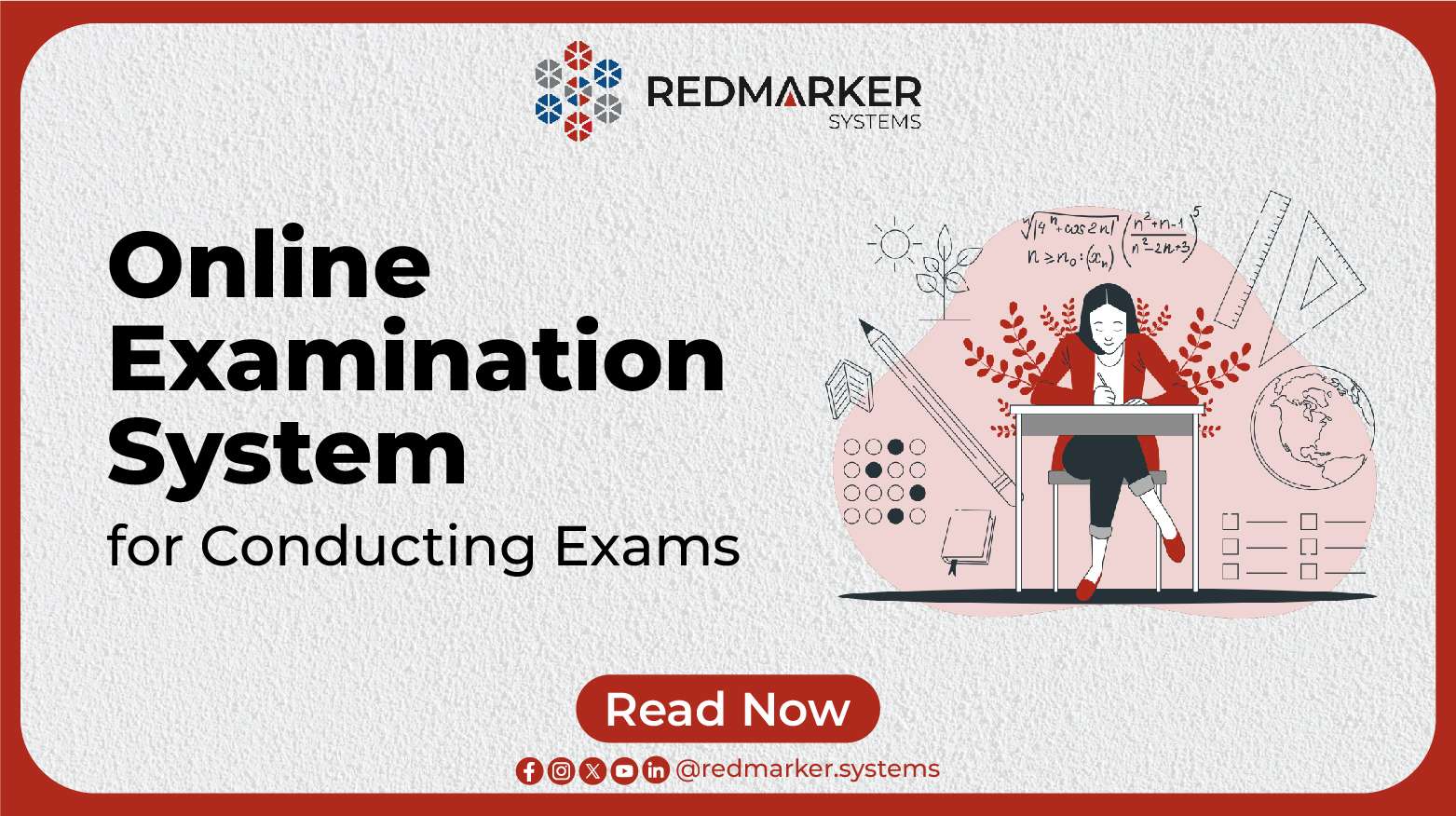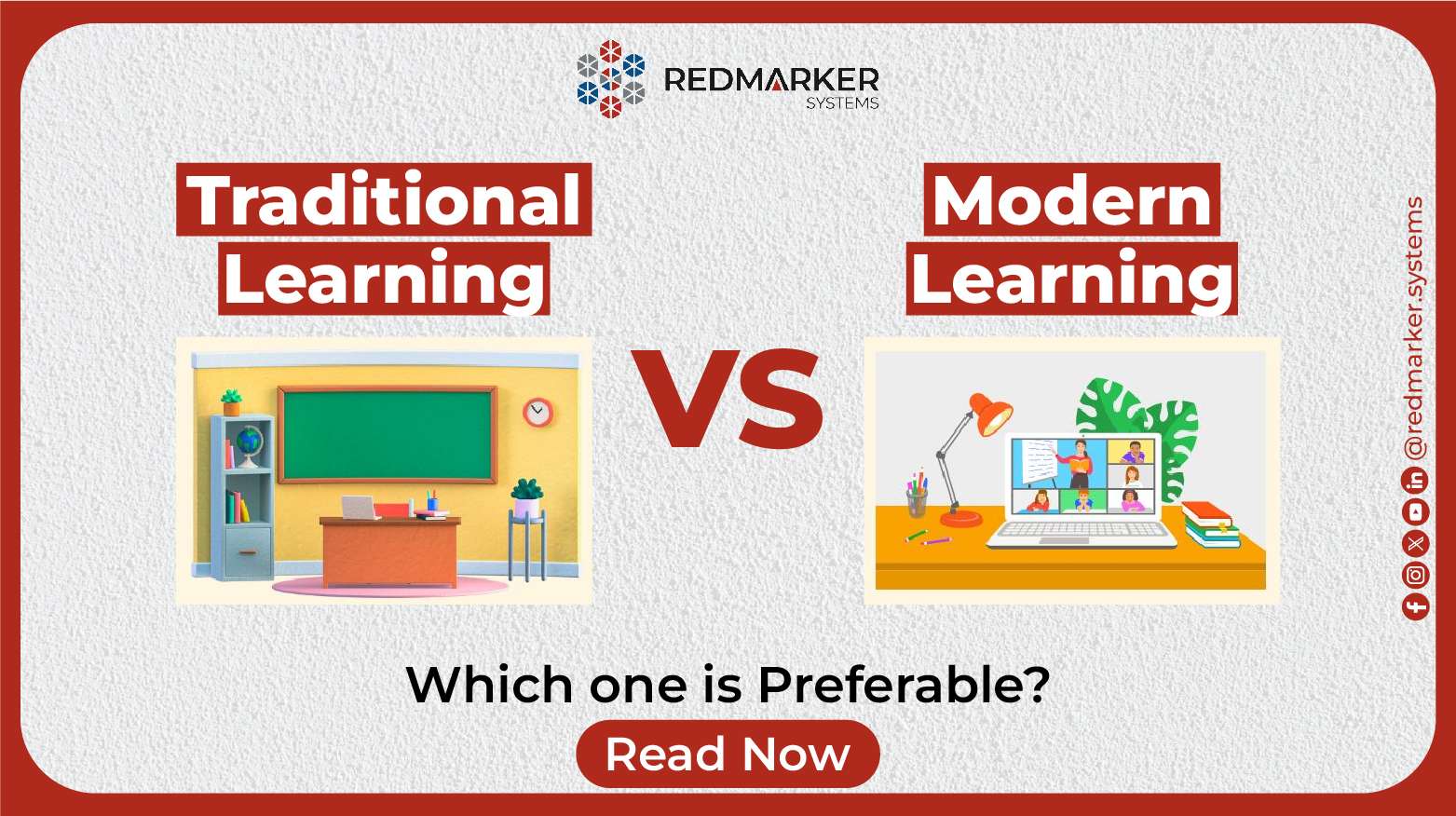Unlocking the Future of Education: Top 10 Benefits of E-Marking
Introduction
In the fast-paced world of education, where innovation is the key to progress, the adoption of e-marking, also known as E-Marking or eMarking, has revolutionized the way we assess and evaluate students. This digital transformation has brought about numerous advantages that are shaping the future of education. In this comprehensive guide, we will delve into the top 10 benefits of e-marking, shedding light on how this revolutionary technology is changing the landscape of assessments.
Benefit 1: Improved Results Analysis
E-marking offers educators a powerful tool for understanding student performance. With traditional paper-based exams, deciphering the nuances of student responses can be challenging. E-marking provides an effortless way to access data, allowing educators to identify areas where students excel and where they may need extra support.
By analyzing results in granular detail, institutions can tailor their teaching methods to address specific weaknesses, enhancing the overall quality of education. This data-driven approach empowers educators to make informed decisions about curriculum adjustments and instructional strategies.
Benefit 2: Curriculum Enhancement
One of the standout advantages of e-marking is its ability to facilitate a deep dive into exam question data. This detailed analysis enables institutions to refine their curricula and exam specifications continually.
Identifying problematic question types or topics that pose a challenge for students becomes a straightforward task. Consequently, institutions can tweak their syllabi to better reflect students’ needs, fostering a more effective learning environment.
Benefit 3: Efficiency
Efficiency is at the heart of e-marking. Unlike traditional paper-based systems that require shipping exam papers to various locations, e-marking streamlines the process. Shipping papers back and forth introduces complexity, cost, and risk. Additionally, re-marking, supervisor sampling, and double marking often necessitate multiple paper shipments or bring examiners together in marking centers, incurring significant expenses.
E-marking mitigates these challenges, reducing the risk and cost associated with physical logistics. Marking can occur item by item, allowing specific questions to be assigned to examiners based on their expertise. This precision enhances both efficiency and marking accuracy.
Benefit 4: Faster Results
In today’s competitive educational landscape, speed matters. E-marking has been shown to significantly decrease the time required to complete assessments. Faster results issuance benefits students, enabling them to make informed decisions about their academic futures sooner.
As competition intensifies for university placements, college admissions, and professional qualifications, quicker results offer a competitive advantage. Additionally, e-marking can expedite students’ acceptance into programs that would have otherwise required them to wait an entire academic year.
Benefit 5: Global Examiner Access
E-marking transcends geographical boundaries, allowing examiners to work from anywhere in the world, at any time. This flexibility eliminates the constraints of physical marking centers and fixed working hours.
Examiners are no longer restricted by the need to travel to centralized locations for marking. This newfound ease of access to exam papers accelerates processes and bolsters efficiency, benefitting both institutions and students.
Case in point, examiners at Manipal University, India, reduced their exam lifecycle from three months to just six weeks through e-marking. This remarkable time savings illustrates the transformative power of e-marking on efficiency.
Benefit 6: Quality of Marking
E-marking reduces the number of grade review requests, instilling confidence in both institutions and students. By allowing institutions to recruit examiners from a wider pool, it raises the bar for marker quality.
Geographical restrictions on examiner recruitment are removed, leading to the selection of examiners with solid subject knowledge and professional expertise. Furthermore, e-marking allows the provision of seed scripts, previously marked by a principal examiner, to ensure consistent marking standards across an institution or organization.
As a result, students receive fair, fast results, and institutions maintain high standards while working at an accelerated pace. E-marking also generates rich data sets that education policymakers can leverage to inform future educational strategies globally.
Benefit 7: Greater Security
Concerns about the security of exam papers have haunted educational institutions for years. The fear of losing exam papers, interference with results, or damage to papers prior to recording results has always loomed large.
E-marking addresses these concerns head-on. Secure courier services collect and deliver exam scripts to scanning centers, where they become digitally traceable and robustly protected once uploaded to the cloud. Secure login services restrict access to authorized personnel only, reducing the number of individuals handling physical papers before assessment.
Additionally, principal examiners can monitor examiner progress and the papers they are working on in real time, enabling early detection of any concerns. Transparency and traceability make e-marking a steadfast choice for increasing result security.
Benefit 8: Equity in Marking
E-marking eliminates potential unconscious bias or discrimination in marking. With all candidate information anonymized, there is no access to personal data about the student or their school. Principal examiners can monitor marks awarded through on-screen annotations, swiftly identifying potential cases of malpractice.
The option to randomize the geographical location of examiners further enhances equity in e-marking. Without clustering examiners in specific regions, institutions can recruit markers with strong subject knowledge and professional experience, irrespective of their location.
Benefit 9: Examiner Engagement and Error Reduction
Human error is an inherent risk of paper-based marking. Overwhelmed by the volume of papers, examiners may inadvertently miss questions or miscalculate marks. E-marking significantly reduces the potential for such errors.
Examiners cannot move on until they complete marking all questions in order, and any missed questions or miscalculations trigger immediate notifications. Principal examiners gain a comprehensive view of examiner performance and progress through the online platform, enabling swift resolution of repeated errors.
Removing the capacity for mistakes makes e-marking an invaluable tool for improving performance and results.
Benefit 10: Increased Capacity
E-marking not only speeds up results issuance but also transforms the capacity for exams or exam sessions an institution can undertake. Faster assessment processes mean that institutions can potentially increase the number of students they enroll and their overall capacity for growth.
For example, the Association of Chartered Certified Accountants (ACCA) increased its exam capacity from two sessions per year to four, enabling a more flexible assessment structure for candidates. E-marking reduces the exam lifecycle, allowing institutions to expand exam schedules without extending timetables or course lengths.
Conclusion
In conclusion, the adoption of e-marking is not merely a technological advancement; it is a paradigm shift that is reshaping education. The top 10 benefits of e-marking, from improved results analysis to increased capacity, are revolutionizing the way educational institutions assess and evaluate students.
As we move forward in the digital age, e-marking has become an indispensable tool for enhancing the quality and efficiency of assessments. It empowers educators to provide better feedback, adapt curricula to students’ needs, and maintain the highest standards of security and fairness.
In the ever-evolving landscape of education, e-marking is more than a trend; it’s the future. Institutions that embrace it stand to gain a competitive edge, attract top talent, and ensure their students receive the high-quality education they deserve. The benefits of e-marking are clear, and the time to embrace this transformative technology is now.


